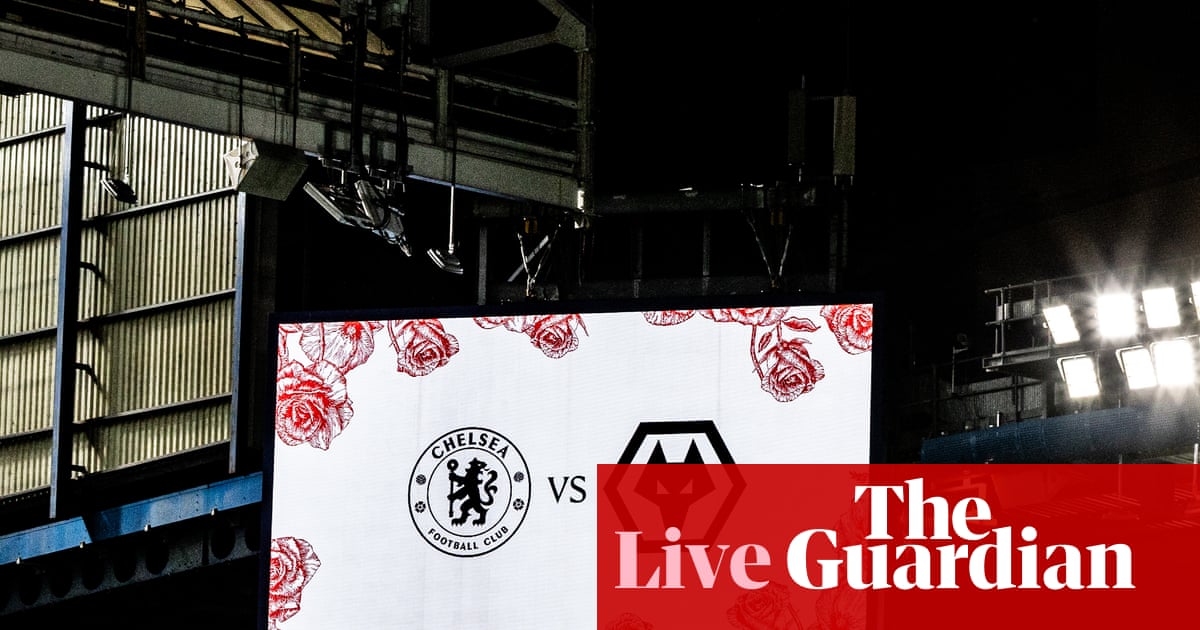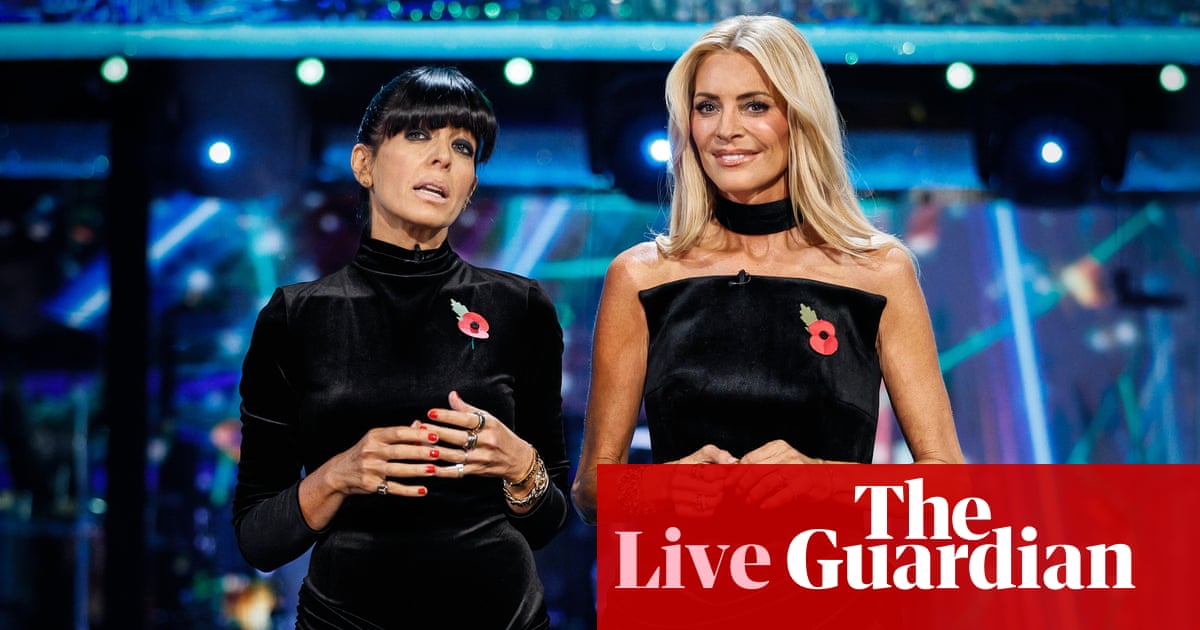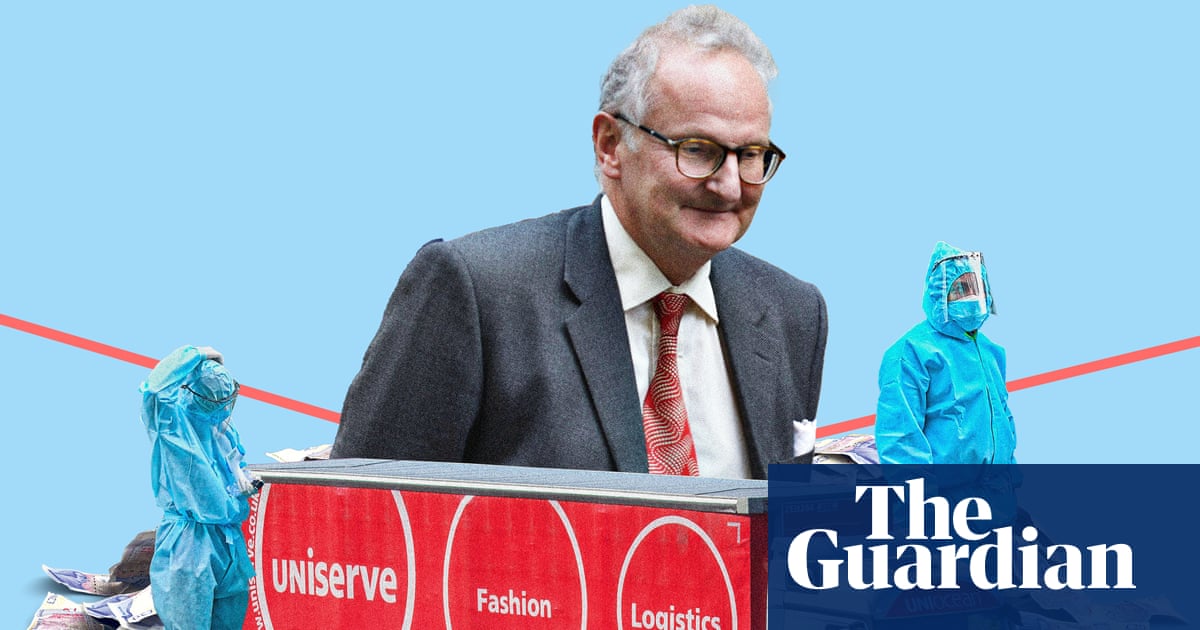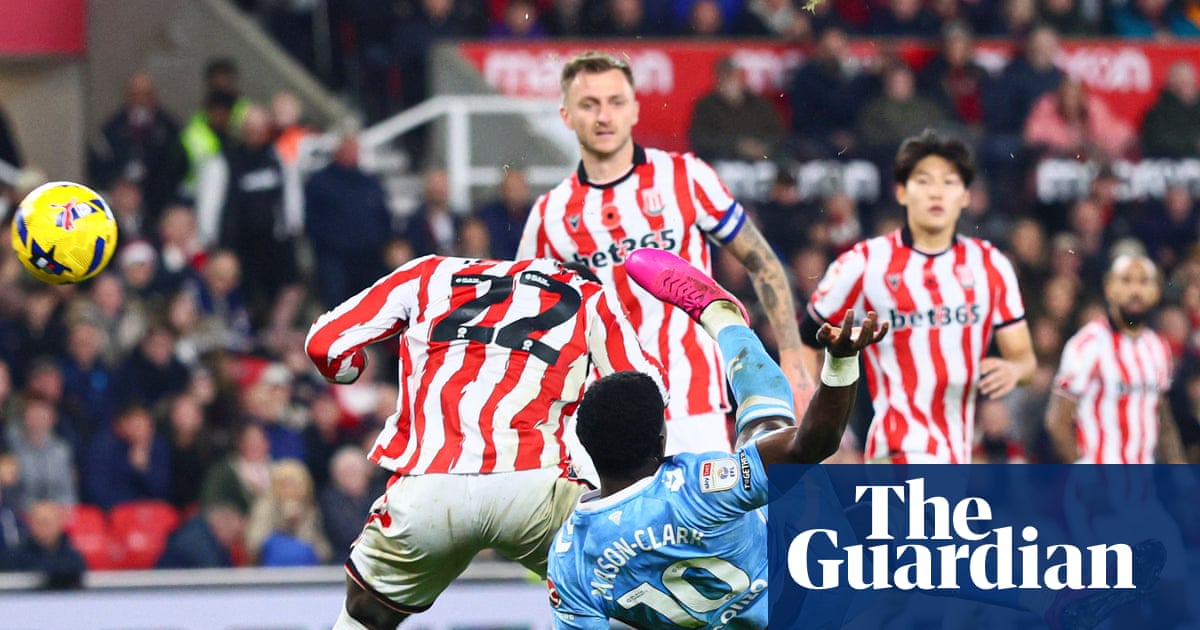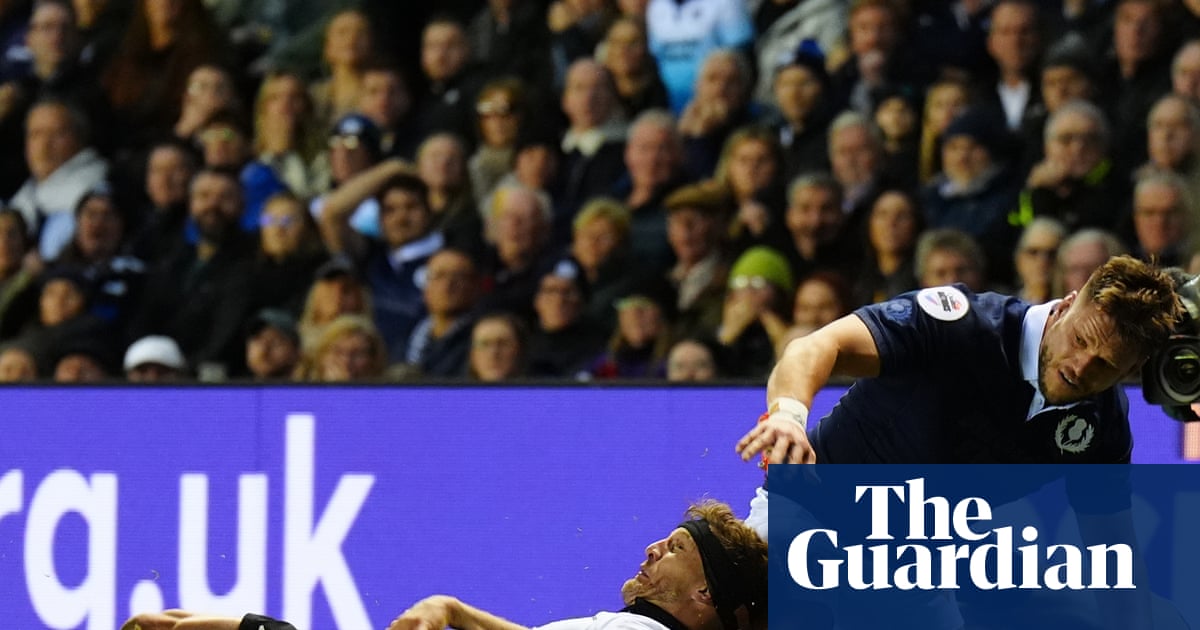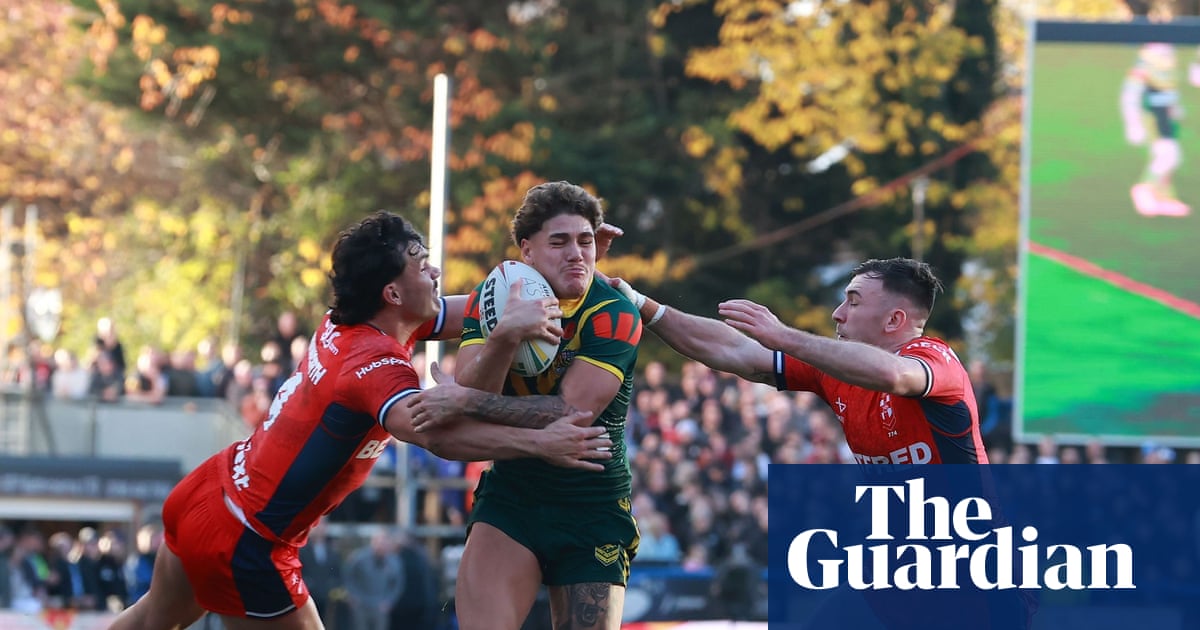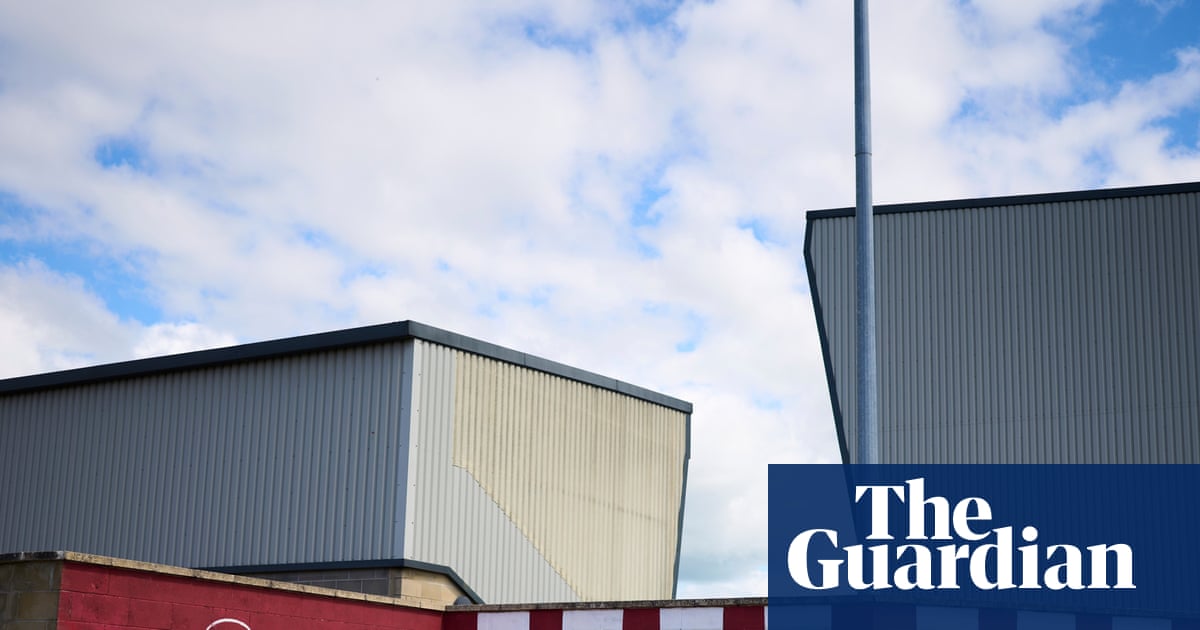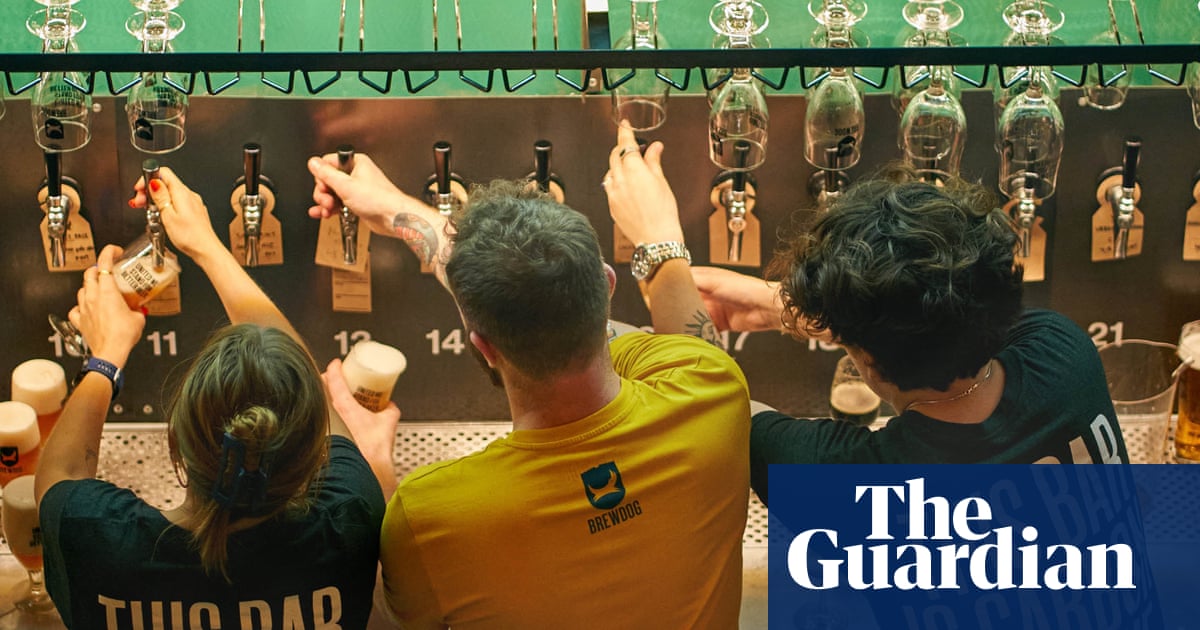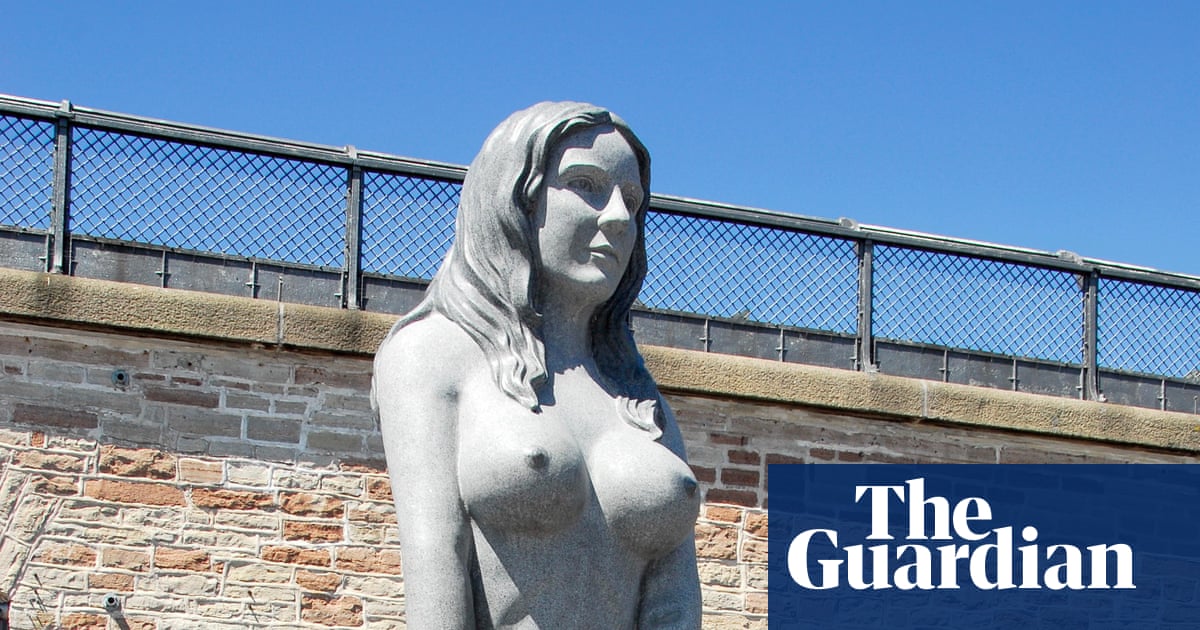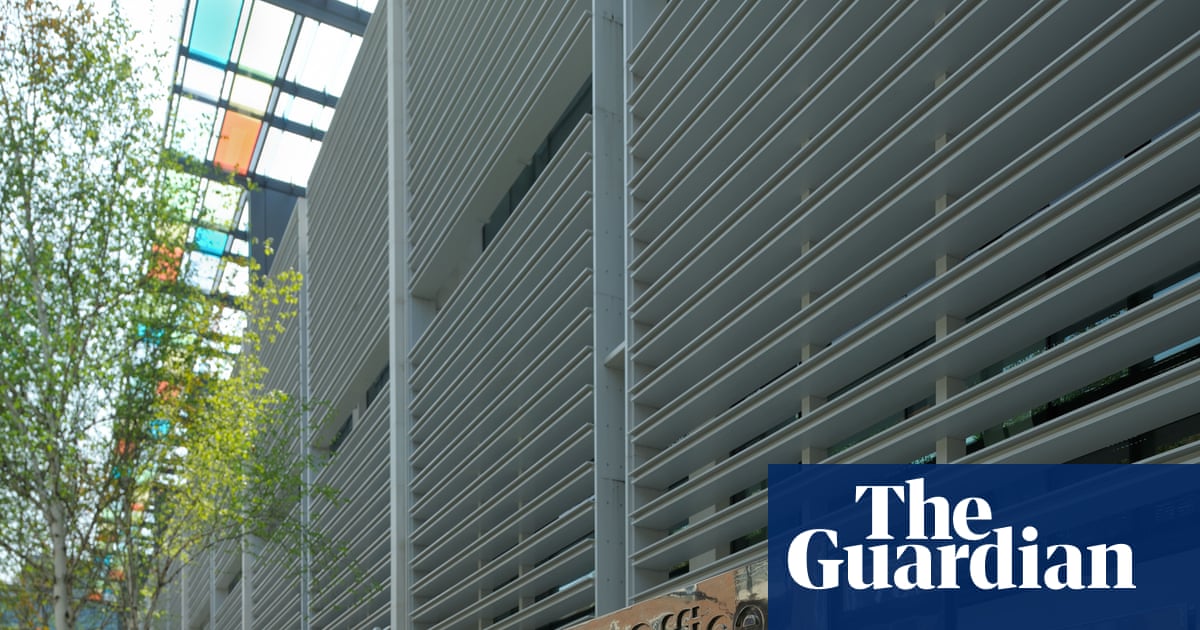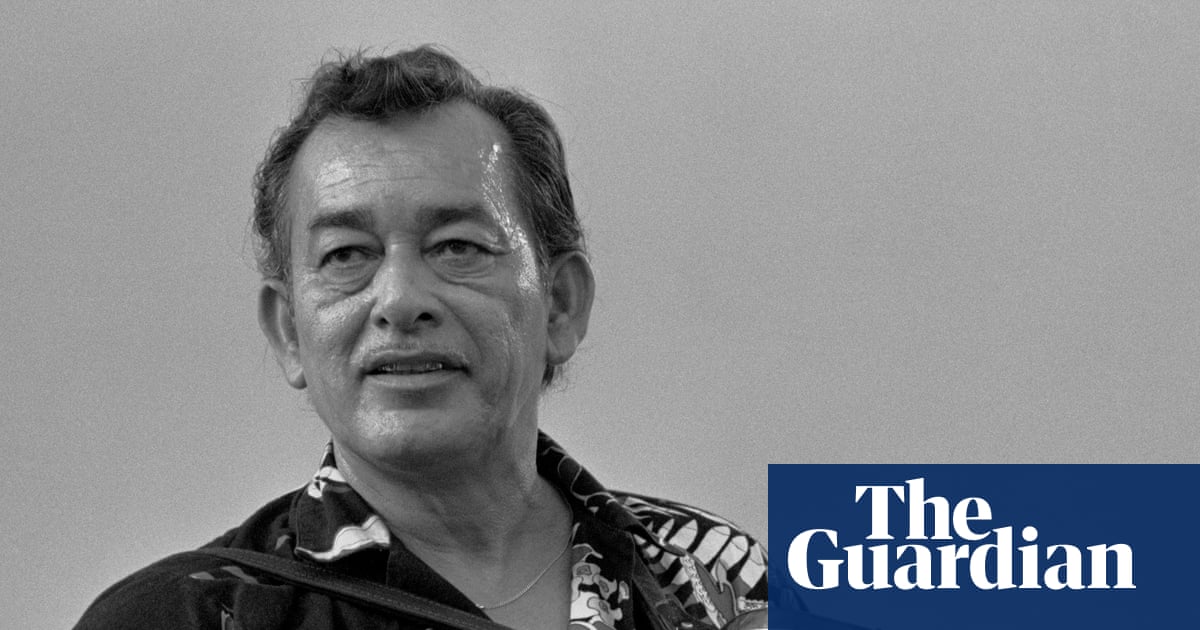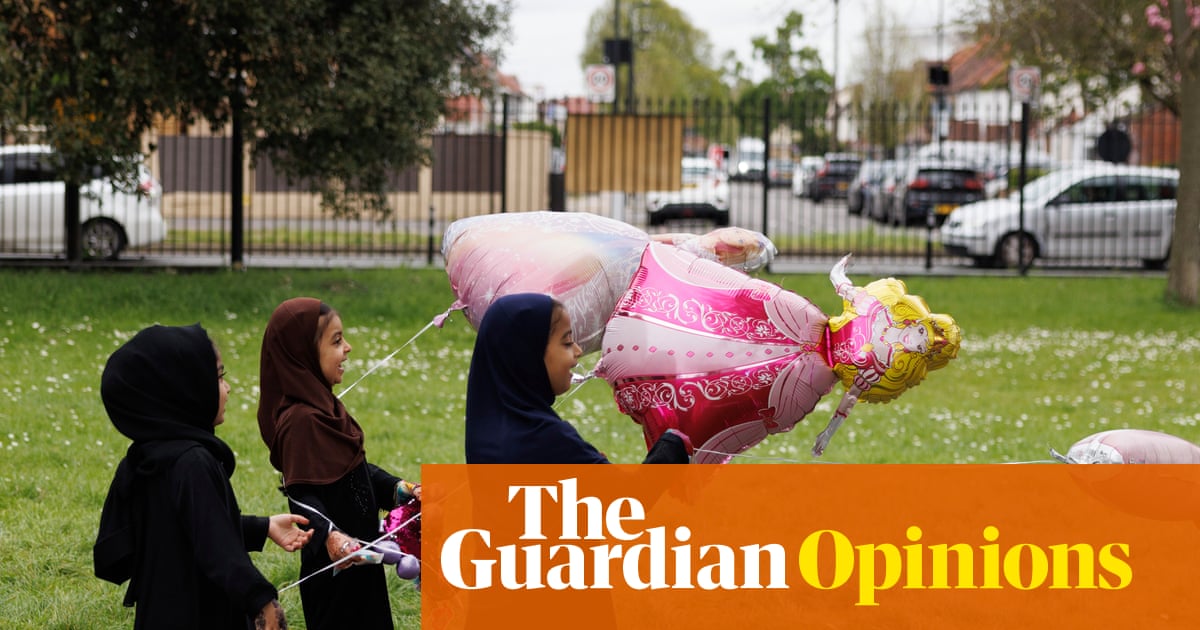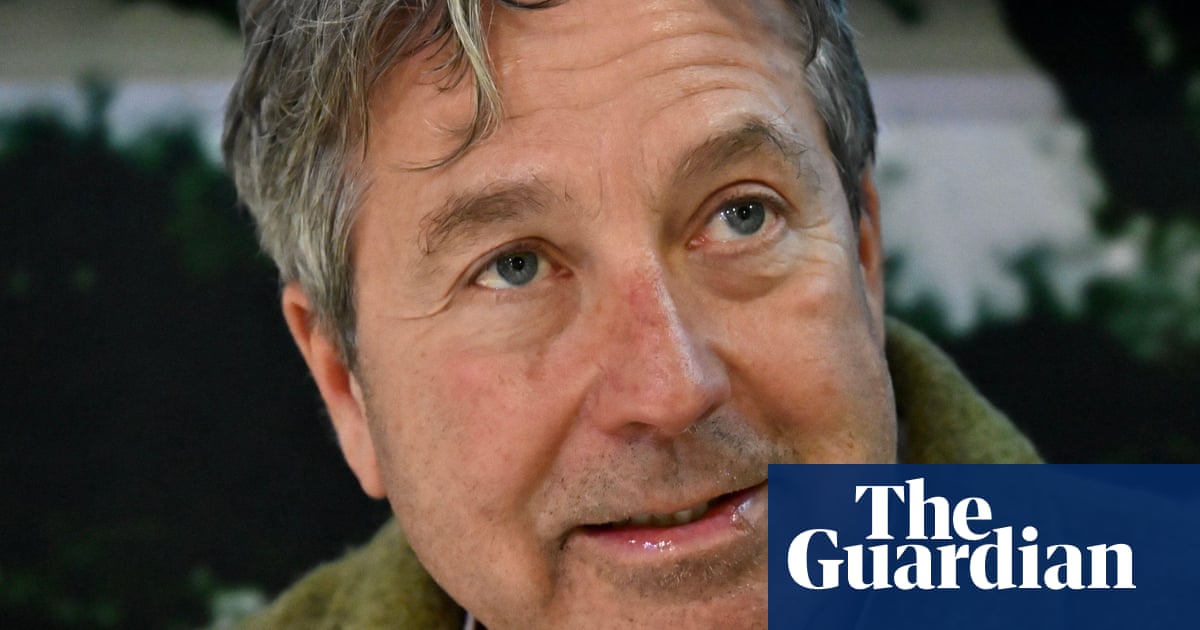Matthew Barney might be The Most Interesting Man in the World. He played on the football and wrestling teams at high school, nursed ambitions to be a plastic surgeon, modelled for J Crew, became a leading avant-garde artist, spent more than a decade in a relationship with the Icelandic singer-songwriter Björk and set up a giant clock outside his studio to count down the first Donald Trump US presidency.
No one explores the violence in America’s source code quite like Barney, who since the 1990s has mounted a series of epic projects exploring the subject via references to classical mythology, modern history, sport, human anatomy and popular culture.
On 30 July he is headlining the Aspen Art Museum’s inaugural Air 2025 festival in Colorado with TACTICAL parallax, a live performance in a riding arena repurposed from the former drill hall of the 10th Mountain Division infantry.
Barney describes it as his western. The website of the festival warns patrons: “The Performance will involve the use of animals and loud sounds and may involve, but is not limited to bright lights, unexpected visuals and occurrences. The Performance may include the shooting of blanks from a firearm.”
Barney is best known for The Cremaster Cycle (1994–2002), a series of five feature-length films and related sculptures and drawings that blend references to the human reproductive cycle with mythology and surrealism.
More recently, in 2018, he delivered Redoubt, a two-hour, dialogue-free film set in Idaho’s rugged Sawtooth Mountains that loosely adapts the myth of Diana, goddess of the hunt, and her ritualistic pursuit of a wolf.
His 2023 work Secondary is a five-channel video installation that explores the spectacle of violence in American football, centring on a traumatic 1978 NFL preseason game incident in which the Oakland Raiders defensive back Jack Tatum’s hit left the New England Patriots receiver Darryl Stingley paralysed for life. The collision was replayed frequently on TV, impressing itself on the then 11-year-old Barney.
“Redoubt is more to do with the so-called wilderness in America and the violence that lives in the landscape and how that plays out in wildlife and landscape management, especially in the mountain states,” Barney, 58, says in a phone interview from central Idaho. “Secondary is more about structural violence within American football and the pageantry of violence in American contact sports.”
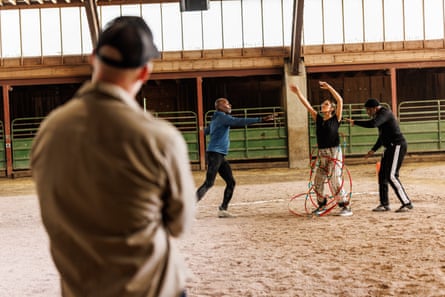
Both films were rooted in Barney’s biography. He spent his formative years in Idaho, a conservative state of rugged landscapes in the north-western US, and regards it as an important influence on his art. “The reintroduction of wolves in central America happened throughout my adolescence. It was a political drama that played out in Idaho and Wyoming during those years.
“It’s something that I carried with me for a number of years and wanted to approach in an artwork in a more personal way. They are both very personal narratives and they’re histories that have played out publicly with quite a lot of media coverage.”
No less important was Barney’s time as a young player of American football, absorbing the ethos of the nation’s most popular sport, a symphony of helmets-and-pads and high-impact collisions that can result in head trauma and spinal injuries.
“A lot of the art that I’ve made has been influenced by my experiences as an athlete and particularly in the blood sports,” he reflects. “My choice of the history of Jack Tatum and Darryl Stingley in Secondary was both about looking at a very specific memory that I had as a child, playing and seeing that event occur, and to experience the aftermath of that in the American media. But there’s also a way in which I wanted to look at my own legacy through a different lens.”
In TACTICAL parallax Barney combines Redoubt and Secondary in new and tantalising ways, blending characters, stories, movement and music from the two films or running them side by side. Players, referees, hunters and hunted are thrown together to draw a line between American football and western expansionism.
He explains: “TACTICAL parallax, by combining these two narratives, is very much about trying to locate ways in which that violence is baked into the national identity, which I think has to do with the initial settling of the United States.
“In that sense TACTICAL parallax is a western and, though it’s combining these vocabularies of American football and contemporary hunting, it is also about the histories of westward expansion and the settling of America and the violence that lives in the landscape from that.”
He adds: “Football is a reification of war. It structurally is like a medieval war and it’s fetishised in that way in the culture. The American mythologies of war include that initial colonising of the west.”
The piece will be performed in a historic drill hall that was originally part of Camp Hale, a second world war military training facility at 9,000ft elevation where soldiers trained in deep snow. The drill hall was later disassembled and moved to its current location as a barn on a working cattle ranch.

“It was a starting point for the development of TACTICAL parallax: the history of the structure within the alpine landscape and the way that it is both an athletic facility and a military facility started the development of the work of combining the vocabularies from Secondary and Redoubt.
“One of the things that’s unique about this project is its specificity to its environment, the way that it’s situated within this historic structure and the Rocky Mountain landscape. It has the opportunity to have a more visceral relationship to its content than the films have had. Beyond the eccentric combination of visual vocabulary, the site specificity is quite special.”
Barney’s father worked in catering at Boise State University and his mother, an abstract painter, introduced him to contemporary art during visits to New York after their divorce when he was 12. He attended Yale University on a football scholarship, initially studying pre-med before switching to art and graduating in 1989.
He reflects: “When you grow up around art, it normalises it. Particularly in America, art isn’t part of normal culture the way that it can be in other parts of the world where it’s been part of the cultural dialogue for a much longer time. I definitely feel like I benefited from having it normalised in my life at an early age.”
As a multidisciplinary artist, Barney blurs the lines between sculpture, installation, film, performance and drawing. The Guardian critic Jonathan Jones described the Cremaster Cycle as “one of the most imaginative and brilliant achievements in the history of avant-garde cinema”. Others find his work harder to digest.
“There’s definitely been a lot of division in the reception and that always seems right to me. There are deliberate provocations in the work and the work isn’t being made as a form of entertainment. I’m not interested in participating in consensus culture. The way I understand art to function and the function that it carries out in culture is about provoking something that’s harder to understand.”
Would he describe his work as political? “All art has a politic and sometimes it’s more legible and sometimes it’s less legible. I’ve made work that has a more legible politic and then I’ve made work that that’s much more about an internal set of dynamics. I’m interested in both of those approaches.
“It probably means it has a smaller ‘p’ for me; it’s more intrinsic in the work and less explicit. But that said, these last two projects, Readout and Secondary, do connect to a more legible politic and they are also very much about my own personal experience with those set of histories and events.”
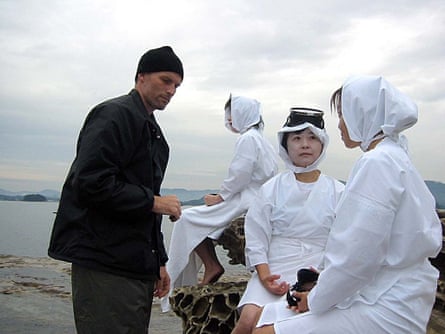
One of Barney’s more legible acts was to place a giant digital clock above New York’s East River that counted down the days and hours until the end of Trump’s first term in the White House. The clock was then reprogrammed to become part of Secondary as a stadium clock ticking off the minutes of the quarter and final seconds of the game.
“That was my studio and that’s where Secondary was filmed and exhibited for the first time. It was right on the East River, directly opposite the United Nations. In Trump’s first term – however I felt myself – it felt like a civic service that needed to be performed, given the location of the studio and the way that the city felt.”
Is Barney now counting down the days and hours until the end of Trump’s second term? “Mentally, yes,” he replies, leaving it at that.
Trump 2.0 is different in many ways from the first version. One of them is a late life blossoming of interest in arts and culture. He fired the bosses of the John F Kennedy Center for the Performing Arts, installing himself as chairman and a loyalist as president, then took in a performance of the musical Les Miserables. He ordered the Smithsonian Institution to purge “improper, divisive or anti-American ideology” from its museums and forced out the director of the National Portrait Gallery.
Robert De Niro, Pedro Pascal and Bruce Springsteen have been outspoken in their opposition to Trump, though Hollywood awards ceremonies were notably low on political content this year. Barney believes that artists should take a stand. “That means something different to every artist but, yes, for whatever that means to them, yes,” he says. “We should all be doing that. I certainly don’t have any answers for how this is going to play out in the next couple of years. It’s a scary time.”
-
Air 2025: Life as No One Knows It takes place at Aspen Art Museum from 29 July to 1 August

 3 months ago
109
3 months ago
109






